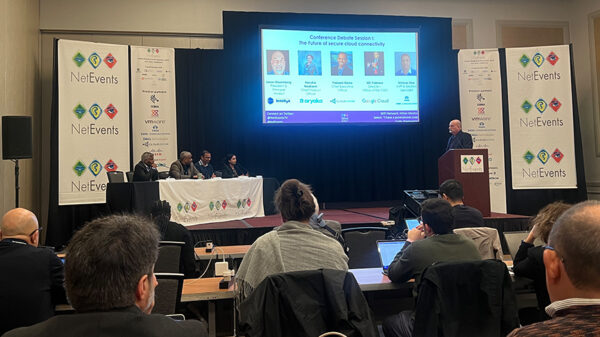Addressing the shift in the adoption of cloud-based technologies among businesses to overcome IT challenges, Microsoft Philippines has announced its cloud strategy focused on delivering the benefits of the cloud while offering a new set of enterprise cloud applications that simplifies IT, as well as enabling business innovation.
Complementing productivity solution Office 365 and other services, the new Microsoft cloud technology offerings eye to accelerate cloud benefits for users through the hybrid development solutions Visual Studio 2013 and .NET 4.5.1; the hybrid data center applications Windows Server 2012 R2 and System Center 2012; hybrid data platform Windows Azure and SQL Server 2014; the new release of Windows Intune and Dynamic solutions.
“The Microsoft Cloud OS vision is to empower customers to run a consistent unified platform across their data center, public cloud infrastructure and service providers,” said Joel Garcia, Server and Tools Business Group Lead of Microsoft Philippines. “This provides the best choice for customers that need the agility, focus and economics for their ever growing IT requirements.”
The Microsoft Cloud OS spans customer and service provider data centers, and the public cloud, where Windows Server 2012 R2 is at its core. The combination of Windows Server 2012 R2 with System Center 2012 R2 empowers companies to create data centers without boundaries using Hyper-V capabilities to take advantage of high-scale server virtualization; build scalable, high-performance storage at lower costs; provide built-in end-to-end software-defined networking; and hybrid business continuity.
Running on top of Windows Server 2012 R2 and System Center R2, Windows Azure enables enterprise and service providers to deliver self-service infrastructure and platforms from their data centers.
To create modern apps for devices and services, Visual Studio 2013 and .NET 4.5.1 are the recommended solutions, while the new Studio Modern Lifecycle Management solution can aid IT professionals in developing faster delivery of applications.
To simplify cloud adoption, SQL Server 2014 delivers in-memory capabilities built into the core database (at no additional cost) that provide users 10 times to 30 times performance improvement without application rewrites or new hardware. It also provides built-in cloud backup and disaster recovery with Windows Azure.
Intended for big data analytics, the Apache Hadoop-based service, Windows Azure HDInsight Service, works with SQL Server and widely-used business intelligence tools, such as Microsoft Excel, and Power BI for Office 365 that can combine private and public data in the cloud for rich visualizations and fast insights.
The combination of Windows Intune with System Center Configuration Manager can assist IT departments give mobile employees security-enhanced access to the applications and data they need on Windows, iOS and Android devices of their choice. This complements the new access and information protection capabilities in Windows Server 2012 R2.
With Windows Server 2012 R2, Microsoft is introducing the Remote Desktop App, which provides access to PCs and virtual desktops on variety of devices and platforms, including Windows, Windows RT, iOS, OS X and Android. This app is available for download in applications stores this month.
A study conducted by the International Data Corporation (IDC) showed that spending on public cloud services in the Asia-Pacific, excluding Japan, is forecasted to grow from $5.3 billion in 2013 to $14.9 billion in 2017. It is also predicted that IaaS (Infrastructure-as-a-service) and PaaS (Platform-as-a-service) in the region will grow at a compound annual growth rate of 25% from 2013 to 2017.



















































































































